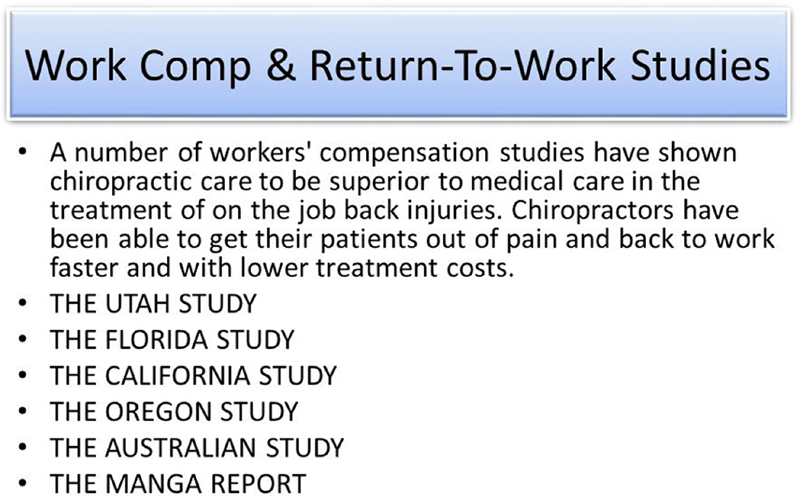A Population-based, Incidence Cohort Study of Mid-back Pain After Traffic Collisions: Factors Associated with Global Recovery
Eur J Pain. 2015 (Nov); 19 (10): 1486–1495 ~ FULL TEXT
M.S. Johansson, E. Boyle, J. Hartvigsen,
M. Jensen Stochkendahl, L. Carroll, and
J.D. Cassidy
Department of Sports Science and Clinical Biomechanics,
Faculty of Health,
University of Southern Denmark,
Odense, Denmark.
BACKGROUND: Traffic collisions often result in a wide range of symptoms included in the umbrella term whiplash-associated disorders. Mid-back pain (MBP) is one of these symptoms. The incidence and prognosis of different traffic injuries and their related conditions (e.g. neck pain, low back pain, depression or others) has been investigated previously; however, knowledge about traffic collision-related MBP is lacking. The study objectives were to describe the incidence, course of recovery and prognosis of MBP after traffic collisions, in terms of global self-reported recovery.
METHODS: Longitudinal data from a population-based inception cohort of all traffic injuries occurring in Saskatchewan, Canada, during a 2-year period were used. Annual overall and age-sex-specific incidence rates were calculated, the course of recovery was described using the Kaplan-Meier technique, and associations between participant characteristics and time-to-self-reported recovery were explored in 3,496 MBP cases using Cox proportional hazards models.
RESULTS: The yearly incidence rate was 236 per 100,000 population during the study period, and was highest in women and in young persons. The median time-to-first reported recovery was 101 days (95% CI: 99-104) and about 23% were still not recovered after 1 year. Participant’s expectation for recovery, general health, extent of severely affecting comorbidities and having experienced a previous traffic injury were some of the prognostic factors identified.
There are more articles like this @ our:
CONCLUSIONS: These findings show that mid-back pain (MBP) is common after traffic collisions, may result in a long recovery process and that a range of biopsychosocial factors are associated with recovery.
What’s already known about this topic?
What does this study add?
|
From the FULL TEXT Article:
Introduction
The most common traffic-related injury, affecting about 50–80% of all injured individuals, is the whiplash injury (Cassidy et al., 2000). Individuals experiencing this type of injury often report a variety of clinical manifestations, described as Whiplash-Associated Disorders (WAD) (Spitzer et al., 1995). The annual cumulative incidence of WAD is likely to be between 300 and 600 per 100,000 inhabitants in North America and Western Europe (Cassidy et al., 2000; Holm et al., 2009). WAD reflects the reality that most whiplash patients experience other symptoms in addition to neck pain, such as pain in other areas of the spine, paraesthesia, fatigue, nausea, cognitive problems, low self-reported physical and mental health (Ferrari et al., 2005), depressive mood and anxiety (Phillips et al., 2010), acute stress response (Kongsted et al., 2008) and pain in multiple sites (Bortsov et al., 2013), most commonly in the posterior trunk region (Hincapié et al., 2010).
About half of those with WAD report neck symptoms 1 year after the injury, indicating a prolonged recovery in a substantial proportion of these patients (Carroll et al., 2008). Neck pain intensity and self-reported disability are two of the characteristics most consistently reported to influence the prognosis of traffic injuries (Carroll et al., 2008; Walton et al., 2013). Early post-traumatic stress disorder symptoms and pain catastrophizing are likely also important (Walton et al., 2013), as well as depressive mood and anxiety (Phillips et al., 2010), expectations for recovery (Holm et al., 2008; Carroll et al., 2009) and pain coping strategies (Carroll et al., 2014). The wide range of prognostic factors indicates that whiplash injuries are complex in nature, involving biopsychosocial aspects of the patient and his or her life.
Read the rest of this Full Text article now!





Leave A Comment